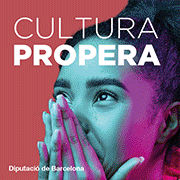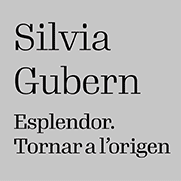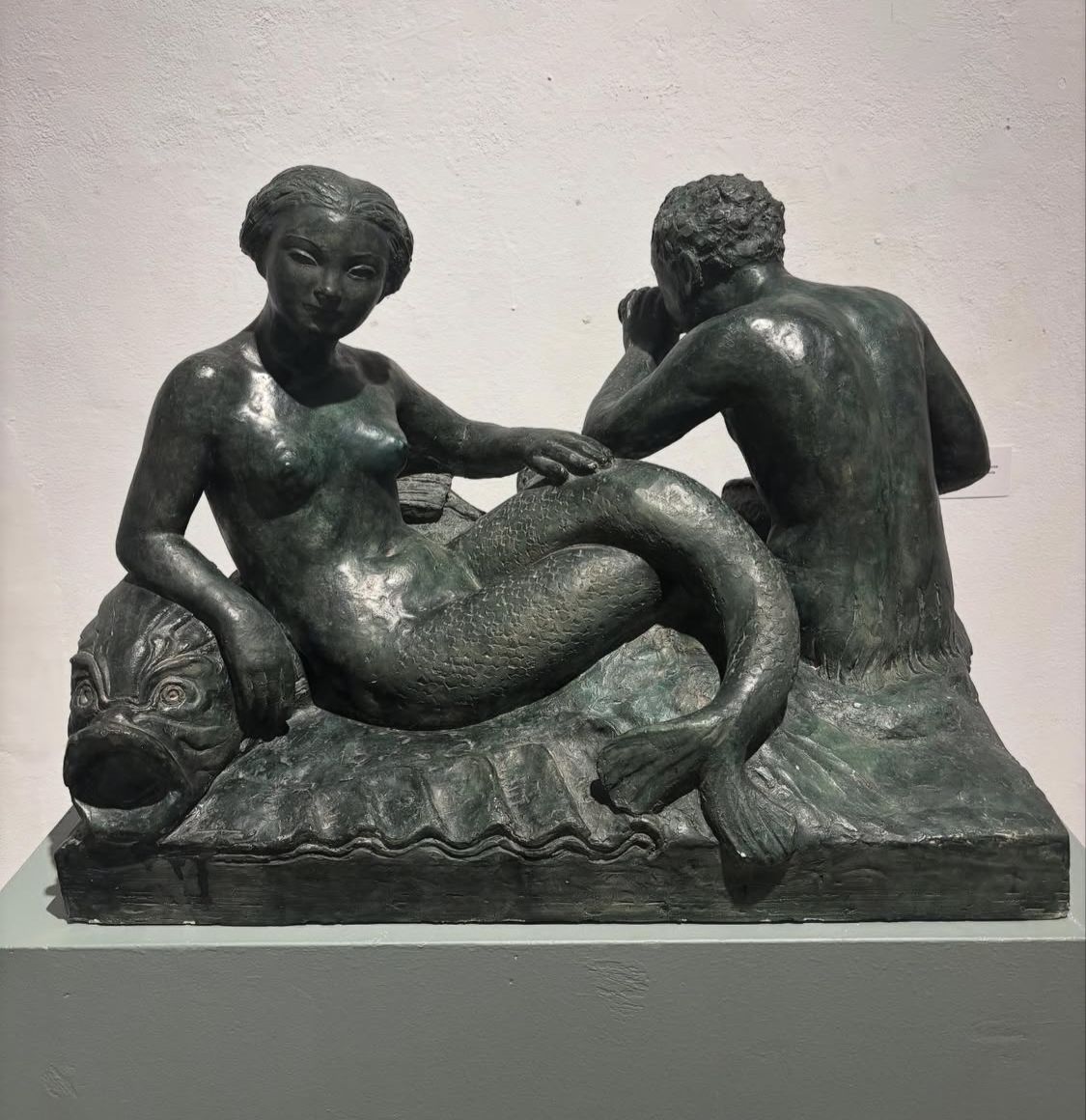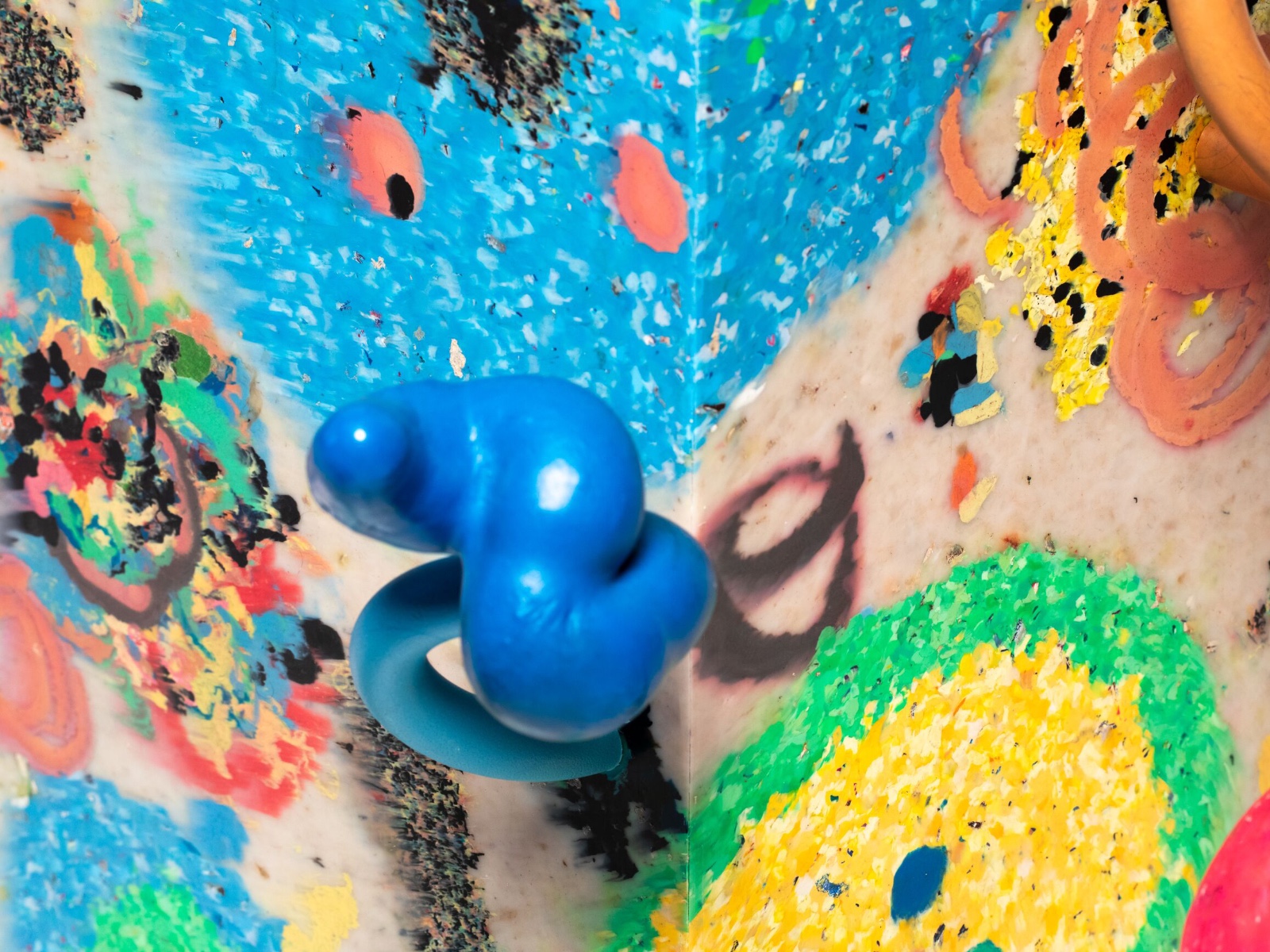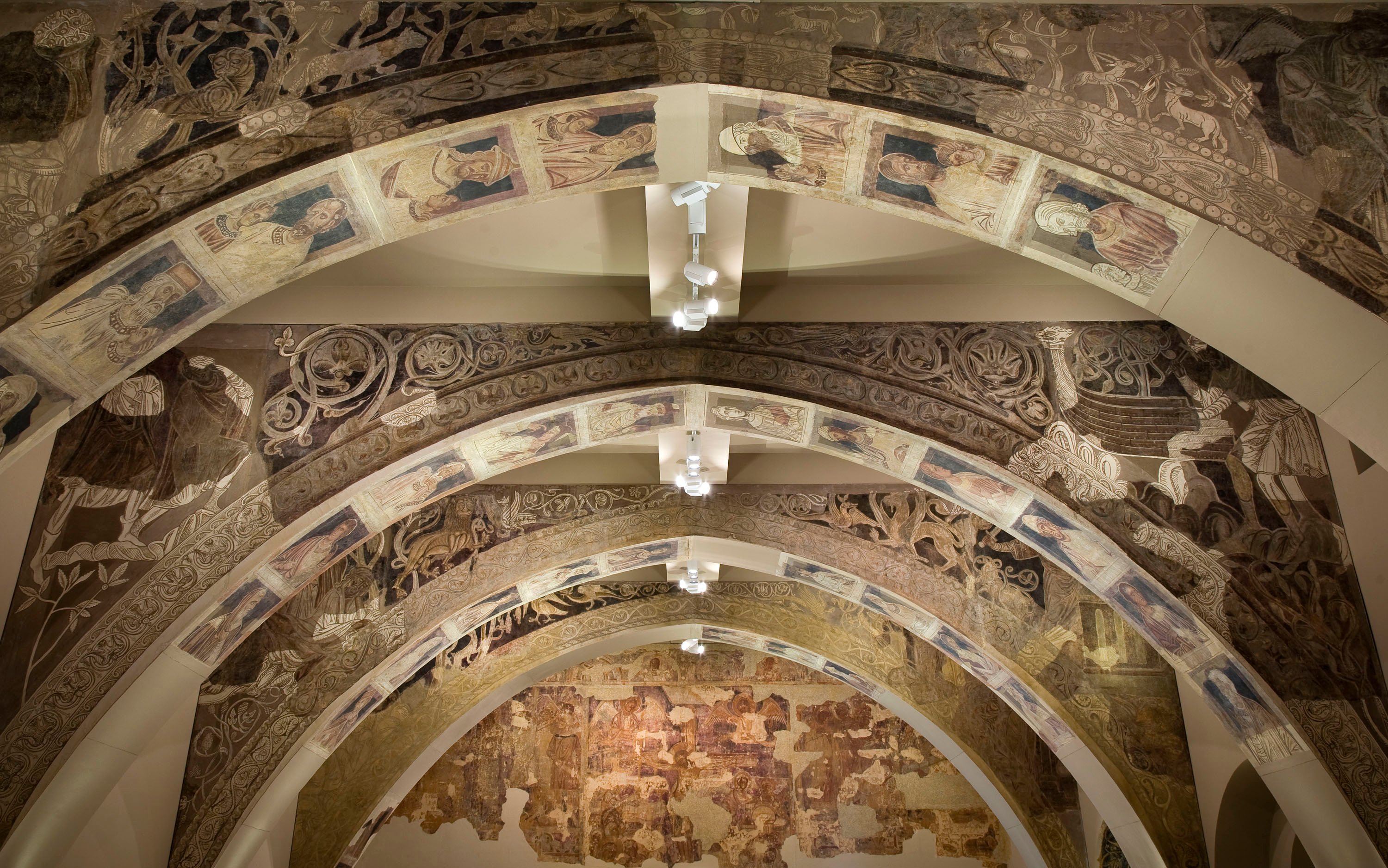Exhibitions
Valencian traditional painting fills the Bancaja Foundation
More than a hundred works by fifty local artists review this genre.
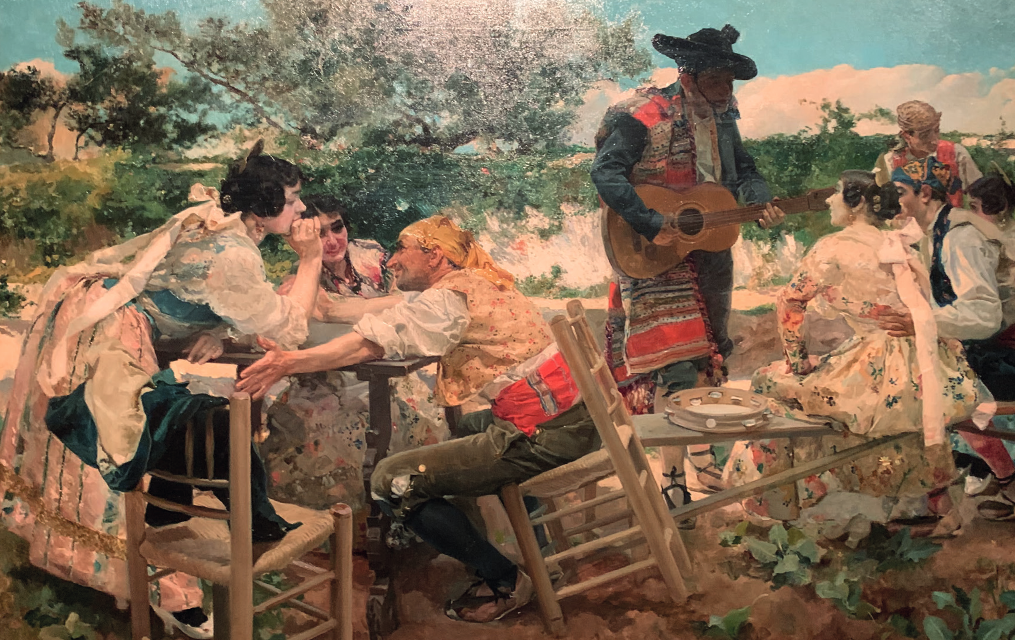
The viewer of the exhibition Scenes and Landscapes in Valencian Painting will take a journey from 1850 to 1940 with more than a hundred works that can be visited until September 14 at the Bancaja Foundation in Valencia. An in-depth look at costumbrist painting and its evolution, with a special focus on rural scenes and landscapes.
Cecilio Pla, José Benliiure, José Bru, Manuel Benedito, Julio Peris Brell, José Pinazo, Ernesta Valls and Joaquín Sorolla are present in the exhibition together with the entire transformation of Valencian painting in the 19th and 20th centuries and the renewal of academic canons. Curated by Francisco Javier Pérez Rojas, it analyzes this rural customs with different moments of this life, together with unpublished works, others from many art galleries in Spain.
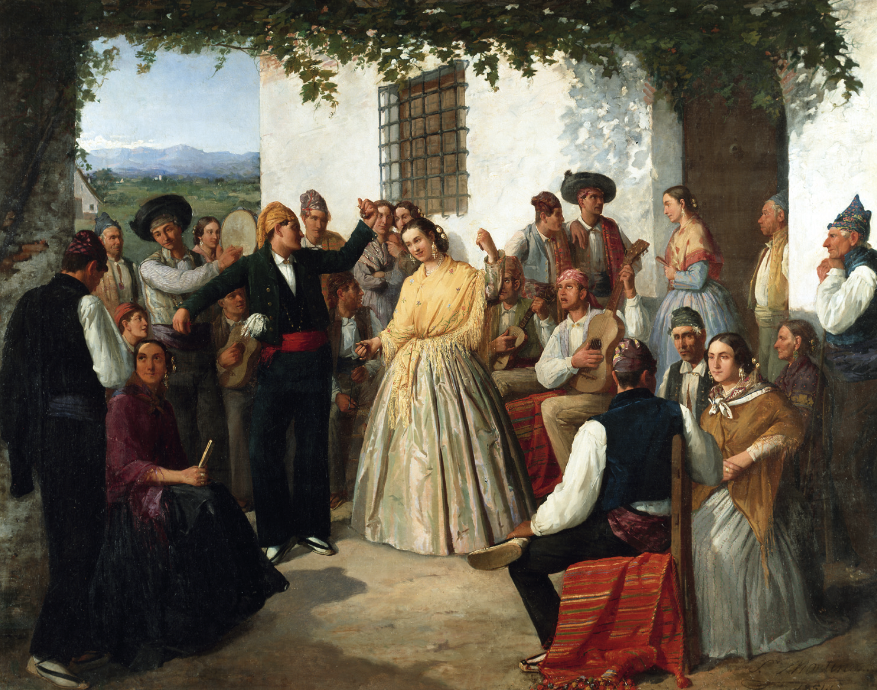 Salvador Martínez Cubells, Festa valenciana, 1851, Fundación Bancaja
Salvador Martínez Cubells, Festa valenciana, 1851, Fundación Bancaja
This rural world is key to understanding Valencian art since the mid-19th century, from the farmer as the subject of an identity, scenes of orchards, the Albufera of Valencia, popular religious compositions, the sea or the orchard. All these artists start from a starting point with traditions and popular culture, in addition to including an audiovisual with images of the Battle of the Flowers of 1905 from the Valencian Film Library's collection.
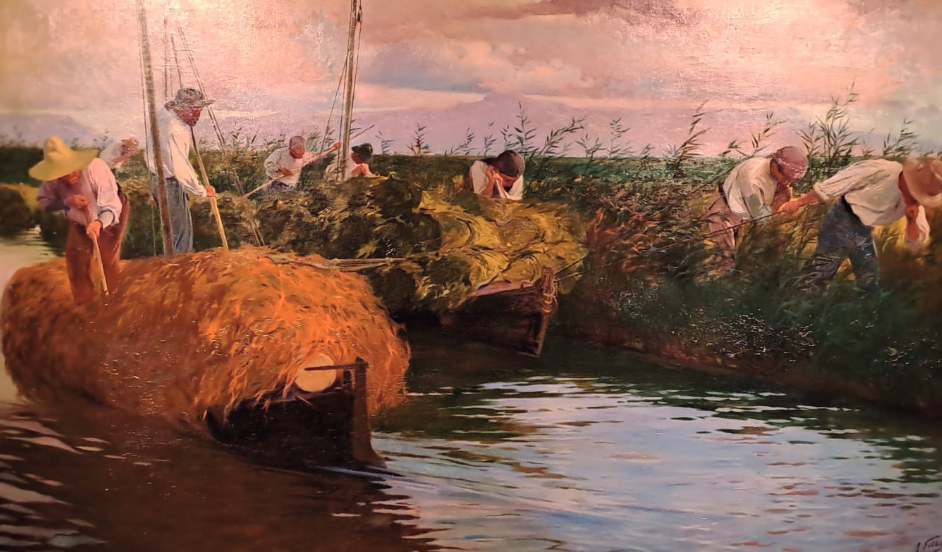 Antonio Fillol, Recollida d'arròs a l'Albufera, 1903-1910, col·lecció particular
Antonio Fillol, Recollida d'arròs a l'Albufera, 1903-1910, col·lecció particular
Among the outstanding works of Scenes and Landscapes in Valencian Painting from the Bancaja Foundation, The Court of the Waters of Valencia by Bernardo Ferrándiz or The Return of the Fisherman by Sorolla stand out. Artists with works that are chroniclers of their time, with different perspectives on this rural Valencian world, The rise of European genre painting in the mid-19th century, with its important popular and rural aspect, deeply affects Valencian artists. During the last decade of the century, there was an explosion of images of peasant figures and popular types in Valencian plastic art, which is also in demand on the international market.
Festive posters are also part of the exhibition as a modern element of the period. They are the new avant-garde languages with a significant influence of art deco. Valencian graphics use them regularly with creations by Francisco Aguar, Josep Renau or José Barreira. An exhibition that is accompanied by an exhaustive and complete catalogue that delves into historical, political and social aspects of those eighty years, as well as the aesthetic evolution of Valencian painting.
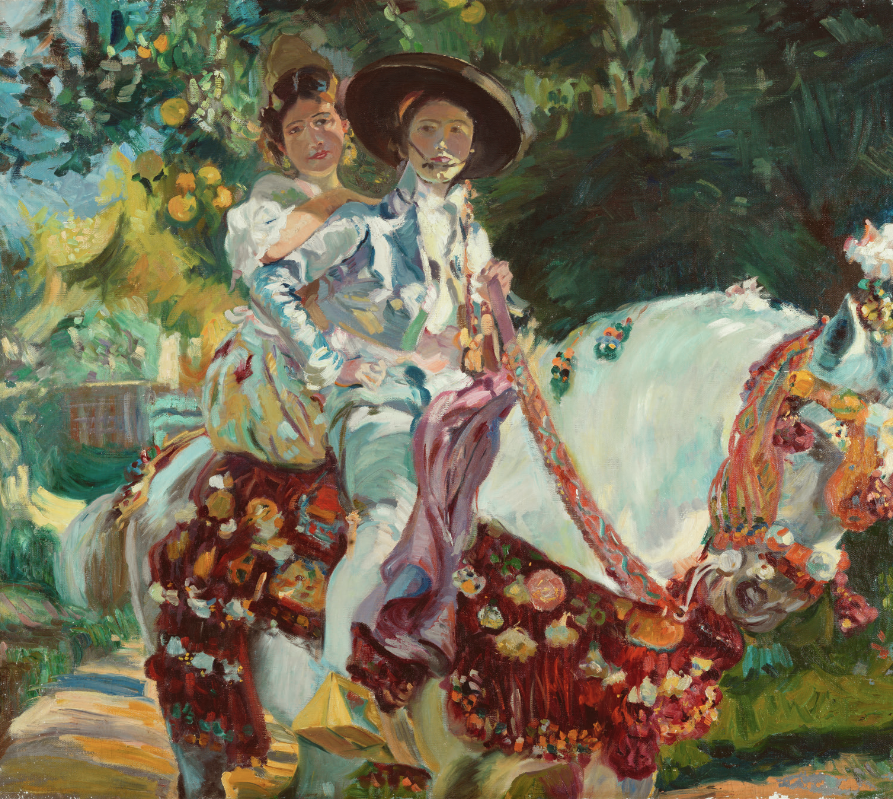 Julio Vila i Prades, Valencians. c.1908 Colección Carmen Thyssen-Bornemisza
Julio Vila i Prades, Valencians. c.1908 Colección Carmen Thyssen-Bornemisza


